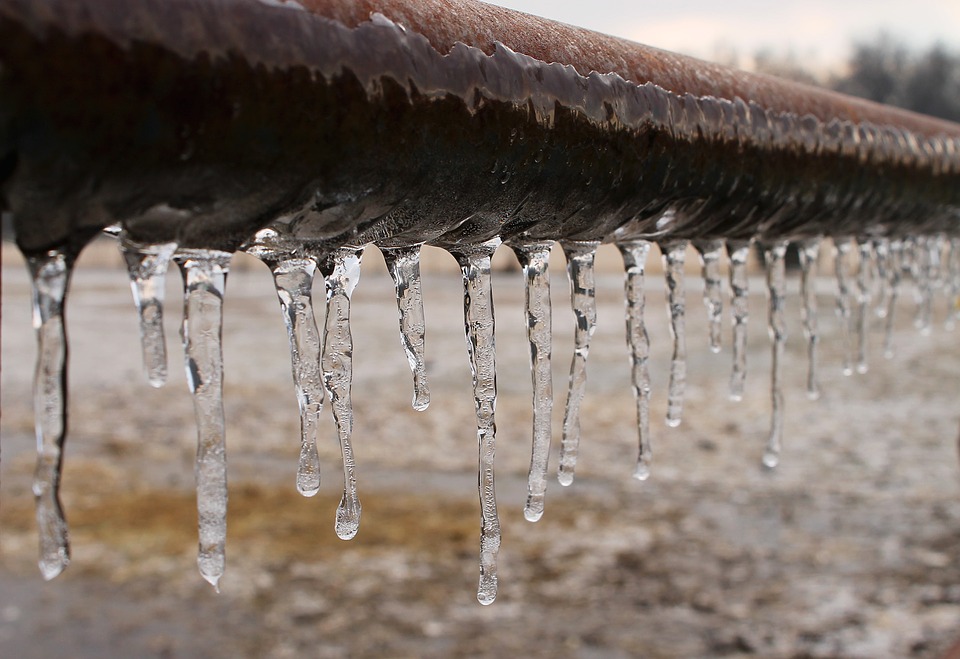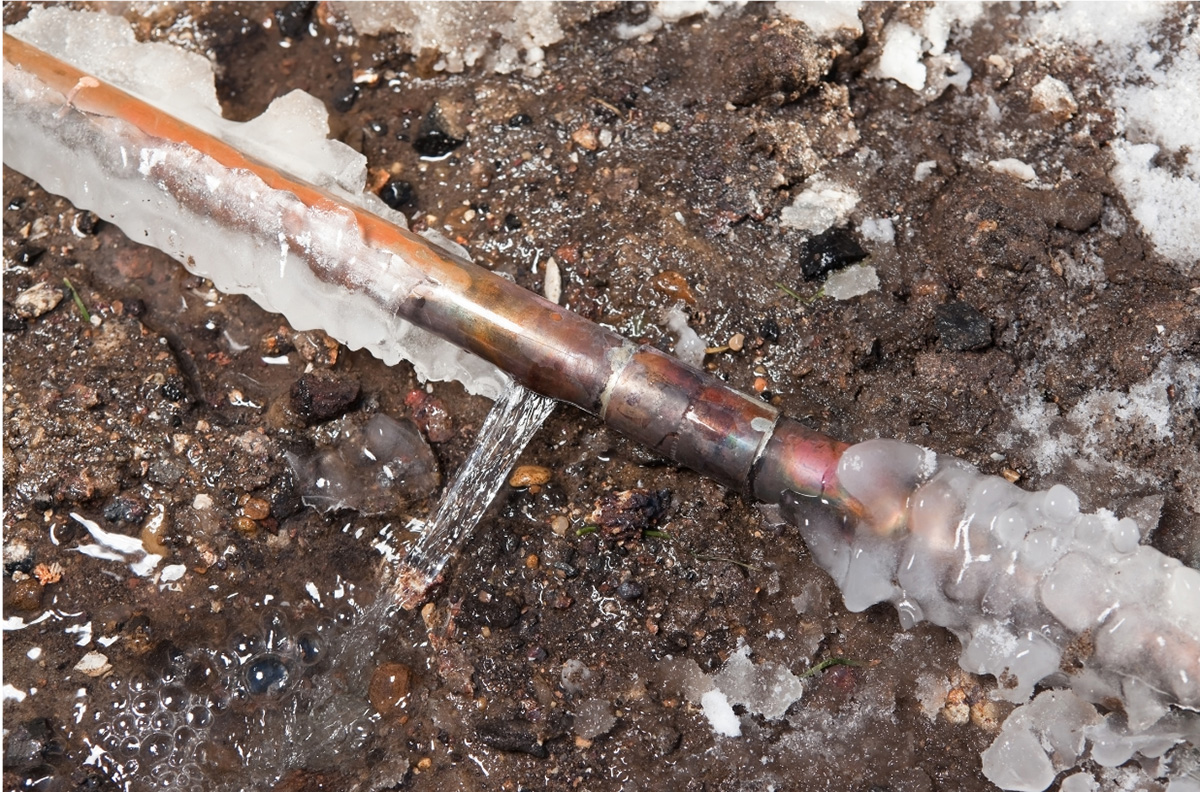Advice for Preventing Frozen Plumbing in Winter: Expert Insights
Advice for Preventing Frozen Plumbing in Winter: Expert Insights
Blog Article
How do you feel on the subject of Preventing and dealing with frozen pipes?

Winter can damage your plumbing, particularly by freezing pipes. Below's exactly how to stop it from occurring and what to do if it does.
Intro
As temperature levels drop, the danger of frozen pipelines boosts, potentially resulting in pricey fixings and water damage. Understanding just how to stop icy pipes is crucial for home owners in cool environments.
Understanding Icy Pipes
What creates pipes to freeze?
Pipes freeze when revealed to temperatures listed below 32 ° F (0 ° C) for extended durations. As water inside the pipes freezes, it increases, putting pressure on the pipeline walls and potentially causing them to rupture.
Threats and damages
Icy pipes can result in water interruptions, building damages, and costly fixings. Burst pipelines can flood homes and cause comprehensive architectural damage.
Signs of Frozen Water Lines
Identifying frozen pipes early can stop them from breaking.
How to identify frozen pipelines
Try to find reduced water flow from taps, unusual odors or sounds from pipes, and visible frost on subjected pipelines.
Avoidance Tips
Insulating vulnerable pipelines
Wrap pipelines in insulation sleeves or make use of warmth tape to protect them from freezing temperatures. Focus on pipes in unheated or exterior areas of the home.
Home heating strategies
Maintain indoor areas adequately warmed, particularly areas with pipes. Open up closet doors to allow warm air to distribute around pipelines under sinks.
Shielding Outside Plumbing
Yard hoses and outside faucets
Disconnect and drain pipes garden tubes before winter months. Install frost-proof faucets or cover exterior faucets with insulated caps.
What to Do If Your Pipes Freeze
Immediate activities to take
If you think icy pipelines, maintain taps open up to eliminate stress as the ice thaws. Utilize a hairdryer or towels taken in warm water to thaw pipes slowly.
Long-Term Solutions
Architectural modifications
Consider rerouting pipelines far from exterior walls or unheated locations. Add additional insulation to attic rooms, cellars, and crawl spaces.
Upgrading insulation
Purchase high-grade insulation for pipes, attics, and walls. Appropriate insulation assists preserve regular temperature levels and reduces the risk of frozen pipes.
Final thought
Stopping icy pipelines requires proactive steps and quick reactions. By comprehending the causes, signs, and preventive measures, homeowners can shield their pipes throughout winter.
5 Ways to Prevent Frozen Pipes
Drain Outdoor Faucets and Disconnect Hoses
First, close the shut-off valve that controls the flow of water in the pipe to your outdoor faucet. Then, head outside to disconnect and drain your hose and open the outdoor faucet to allow the water to completely drain out of the line. Turn off the faucet when done. Finally, head back to the shut-off valve and drain the remaining water inside the pipe into a bucket or container. Additionally, if you have a home irrigation system, you should consider hiring an expert to clear the system of water each year.
Insulate Pipes
One of the best and most cost-effective methods for preventing frozen water pipes is to wrap your pipes with insulation. This is especially important for areas in your home that aren’t exposed to heat, such as an attic. We suggest using foam sleeves, which can typically be found at your local hardware store.
Keep Heat Running at 65
Your pipes are located inside your walls, and the temperature there is much colder than the rest of the house. To prevent your pipes from freezing, The Insurance Information Institute suggests that you keep your home heated to at least 65 degrees, even when traveling. You may want to invest in smart devices that can keep an eye on the temperature in your home while you’re away.
Leave Water Dripping
Moving water — even a small trickle — can prevent ice from forming inside your pipes. When freezing temps are imminent, start a drip of water from all faucets that serve exposed pipes. Leaving a few faucets running will also help relieve pressure inside the pipes and help prevent a rupture if the water inside freezes.
Open Cupboard Doors
Warm your kitchen and bathroom pipes by opening cupboards and vanities. You should also leave your interior doors ajar to help warm air circulate evenly throughout your home.

Do you really like reading about 6 Ways to Prevent Frozen Pipes? Try to leave feedback down below. We would be delighted to hear your thoughts about this blog post. We are looking forward that you visit us again later on. Are you aware of another person who is looking into the subject? Be sure share it. I appreciate reading our article about Winter Plumbing Precautions: Preventing Frozen Pipes.
Click Here Report this page